

Yosemite Food Web
Recommended for ages 8+
Estimated time: 30 minutes
California has many different types of habitats. A habitat is the place or environment where a plant or animal lives. All the species in a habitat are interconnected in an ecosystem.
In every ecosystem, some species are predators (animals that eat other animals) and some species are prey (animals that get eaten by other animals). We can map out predator and prey relationships on a food web to see how energy is transferred in that ecosystem.
Yosemite is an example of an ecosystem in California. The plants and animals that live there have evolved adaptations to help them survive, eat, and protect themselves from predators. The images below highlight some of the plant and animal species that live in the alpine ecosystem in Yosemite.
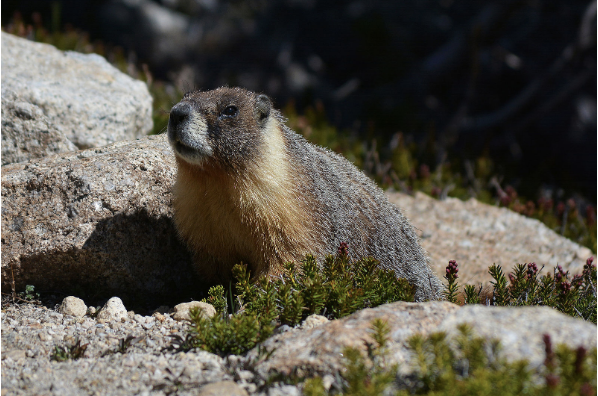
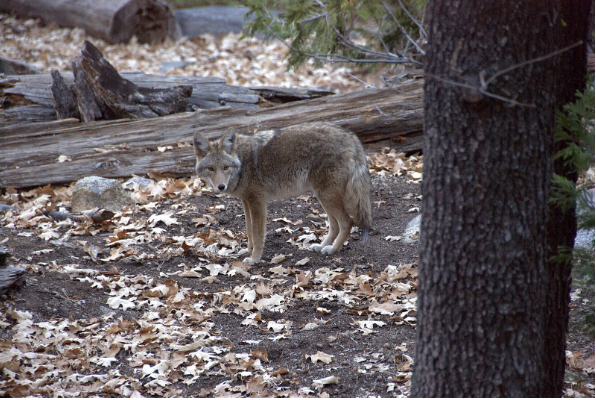
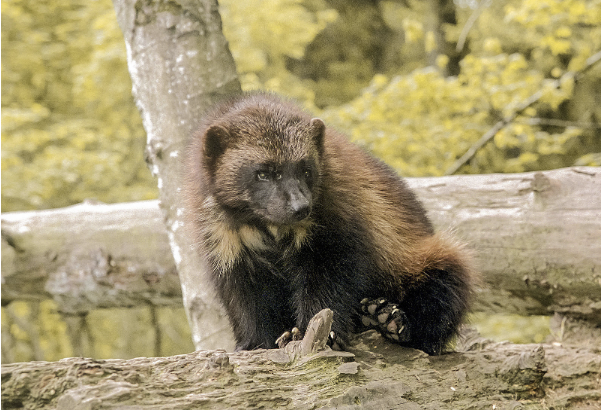
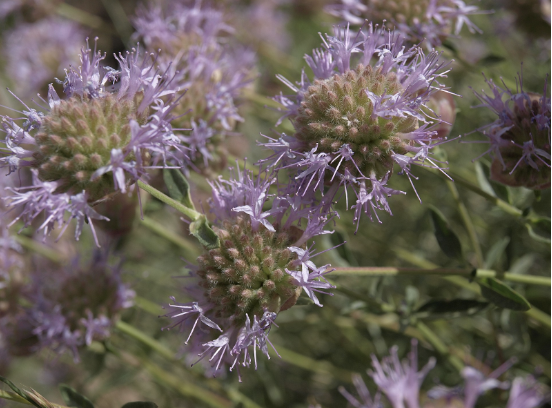
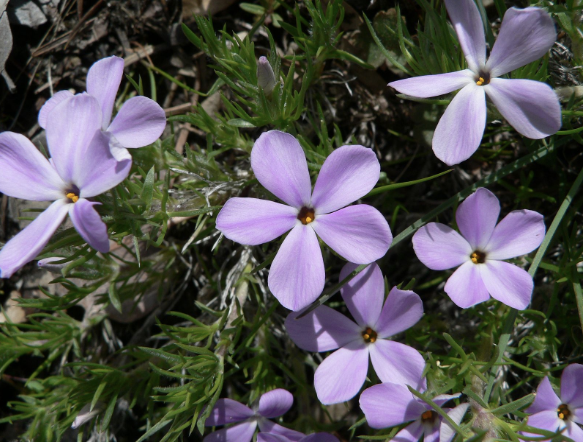
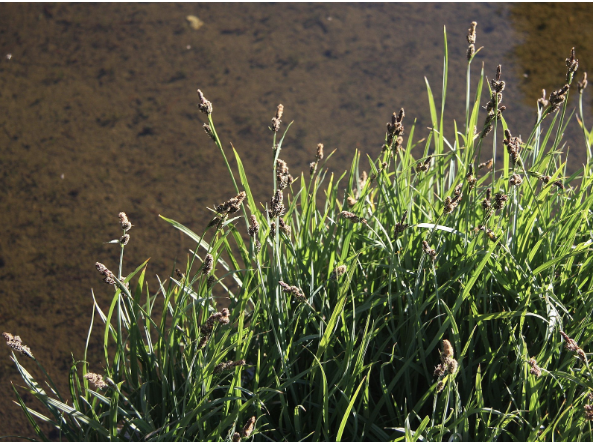
Today we invite you to explore the plants and animals of Yosemite wherever you are, from our Gallery of California Natural Sciences to your home. Use your close observation and research skills to discover where it gets its energy from, what eats it, and adaptations, using your findings to create your own food web.
Make your own Yosemite Food Web
Materials
- Paper – blank or printed food web table
- Things to write and draw with – markers, pencils, crayons
1. Look closely at the plants and animals of Yosemite. Start with the species above, or do your own research. You can visit Yosemite National Park’s website to learn more about the plants and animals that live there.
2. Create a table and write down where each species gets its energy from, what eats it, and the adaptations you notice. Draw your own, or use the template.
3. Create a food web based on your table.
Check out this example of a food web, which shows how animals are connected to one another in an ocean habitat based on what they eat, and what eats them. The arrows show the direction where energy flows. Small Fish are eaten by and give energy to Big Fish so the arrow shows energy flowing from Small Fish to Big Fish.
4. Optional modification or extension: What habitat do you live in? Draw pictures or take a photo and document the food web all around you.

Take a photo of your food web! Use #OMCA to share it with us, and see what others have created.